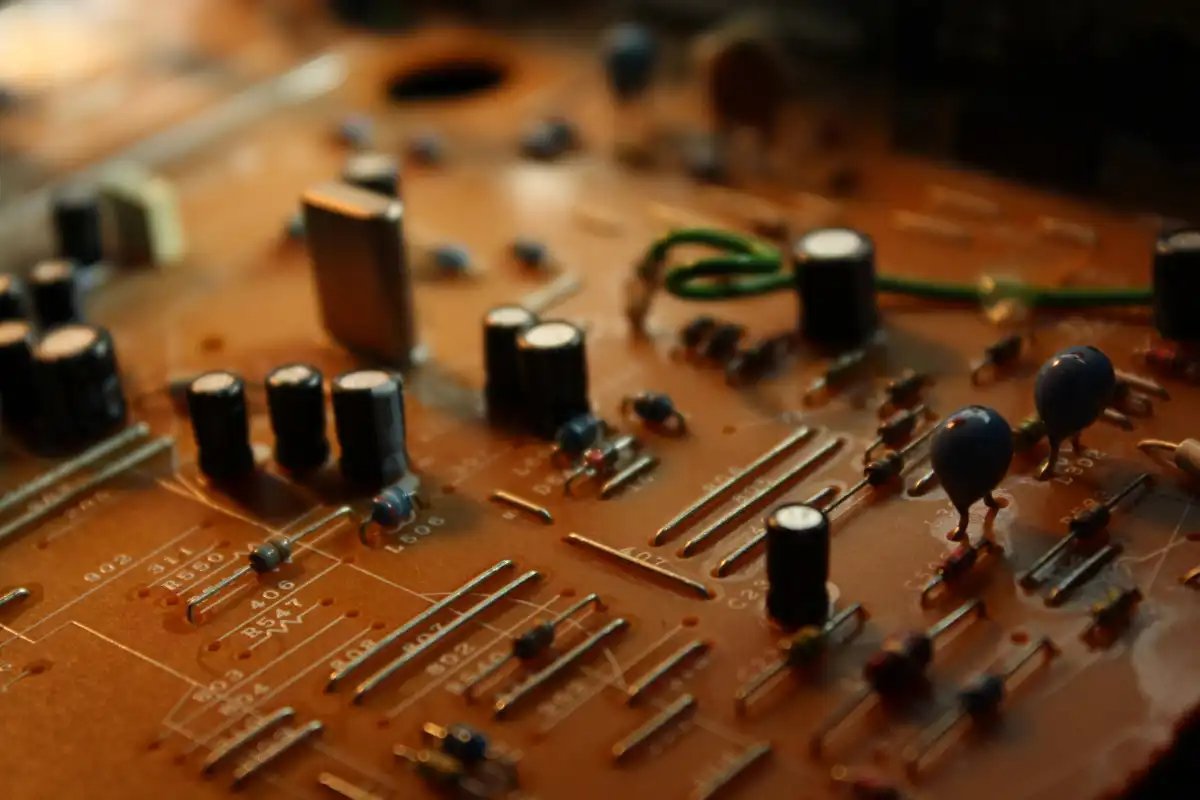In a groundbreaking development, five children who had previously suffered from congenital deafness have experienced a restoration of their hearing abilities. This transformation has been rendered possible by a gene therapy approach founded on AAV (adeno-associated virus).
The children in question were suffering from a rare condition named profound deafness-dystonia syndrome. This ailment is categorized by severe deafness from birth along with difficulties in various bodily movements. The root cause of the syndrome is a deficiency in the OTOF gene which is essential in the encoding of otoferlin, a critical protein for the functioning of inner ear hair cells.
OTOF gene inadequacy results in the sound-transducing hair cells within the ear becoming functionally impaired. This detriment translates to profound deafness. It is a condition that, up until now, has had no known effective treatments.

The development of the AAV-OTOF gene therapy treatment was carried out by a team of research scientists from Institut Pasteur and various other international research institutions. The team constructed a lightweight version of the OTOF gene and effectively delivered it into the inner ear hair cells of the affected children.
The findings from this revolutionary endeavor were published in the scientific journal, Nature Medicine. The paper delineates that the treatment caused an enhancement in the sound sensitivity of the children, and thus, their hearing abilities.
The scientists performed the treatment procedure using an adeno-associated virus (AAV) vector. This particular type of vector is widely employed in gene therapy due to its unique capability of delivering DNA into cells without causing disease.
In order to replace the faulty OTOF gene within the children’s inner ear hair cells, scientists essentially snipped off the cap of the AAV vector, inserted the lightweight OTOF gene, and injected it directly into the ear cells.
The delivered vector then came in direct contact with the hair cells and transported the OTOF gene into them. Subsequently, the cells began to manufacture the previously defective otoferlin protein, thus restoring the hearing capability in the children.
The researchers back at Institut Pasteur hailed this procedure as the very first success story in using gene therapy to treat profound deafness. The achievement marks a milestone in the realms of gene therapy research and oto-rhino-laryngology.
More than a mere scientific breakthrough, this treatment has had palpable effects on the lives of the five treated children. They can now perceive and respond to sounds as low frequency as 60 decibels, a level that corresponds to regular conversation.
However, the research is not entirely without limitations. For one, scientists have pinpointed the need for further optimization of viral vectors, which currently require a large number of particles to be effective. The reduction of particle numbers would facilitate safer and more efficient treatments.
In addition, the AAV-OTOF gene therapy is not a permanent solution. The treatment does not prevent the gradual loss of hair cells and auditory neurons in the inner ear, which has been linked to the aging process and noise exposure. This implies a need for recurrent therapy injections.
Yet, despite these challenges, scientists remain optimistic about the possibilities this study uncovers. They foresee that advancements in gene therapy could soon become an essential alternative treatment for an array of monogenic forms of deafness, especially those appearing at birth.
Furthermore, they emphasize that these findings could act as a stepping stone for further research into regenerative treatment for deafness. This could involve replacing damaged hair cells with functioning ones, a feat which could potentially lead to a more long-term solution.
Such developments would greatly contribute to the well-being of the estimated over 400 million individuals afflicted with hearing loss globally. Furthermore, advancements in gene therapy might pave the way for treating other genetic disorders, extending the breadth of regenerative medicine.
Scientists have also highlighted the potential for the application of gene therapy treatments for conditions beyond hearing loss. This pioneering move in the area of genetic disorders might bolster research into therapies for a host of hereditary conditions.
Overall, this unparalleled use of AAV-based gene-therapy is emblematic of how far the field of medical science has come. And while many hurdles need to be surmounted before this novel treatment can hit the mainstream, the efforts so far are a profound leap in the right direction.
The restoration of hearing in the children treated testifies to the transformative potential of gene therapy – an area of science that is redefining medical paradigms and transforming lives, one gene at a time.